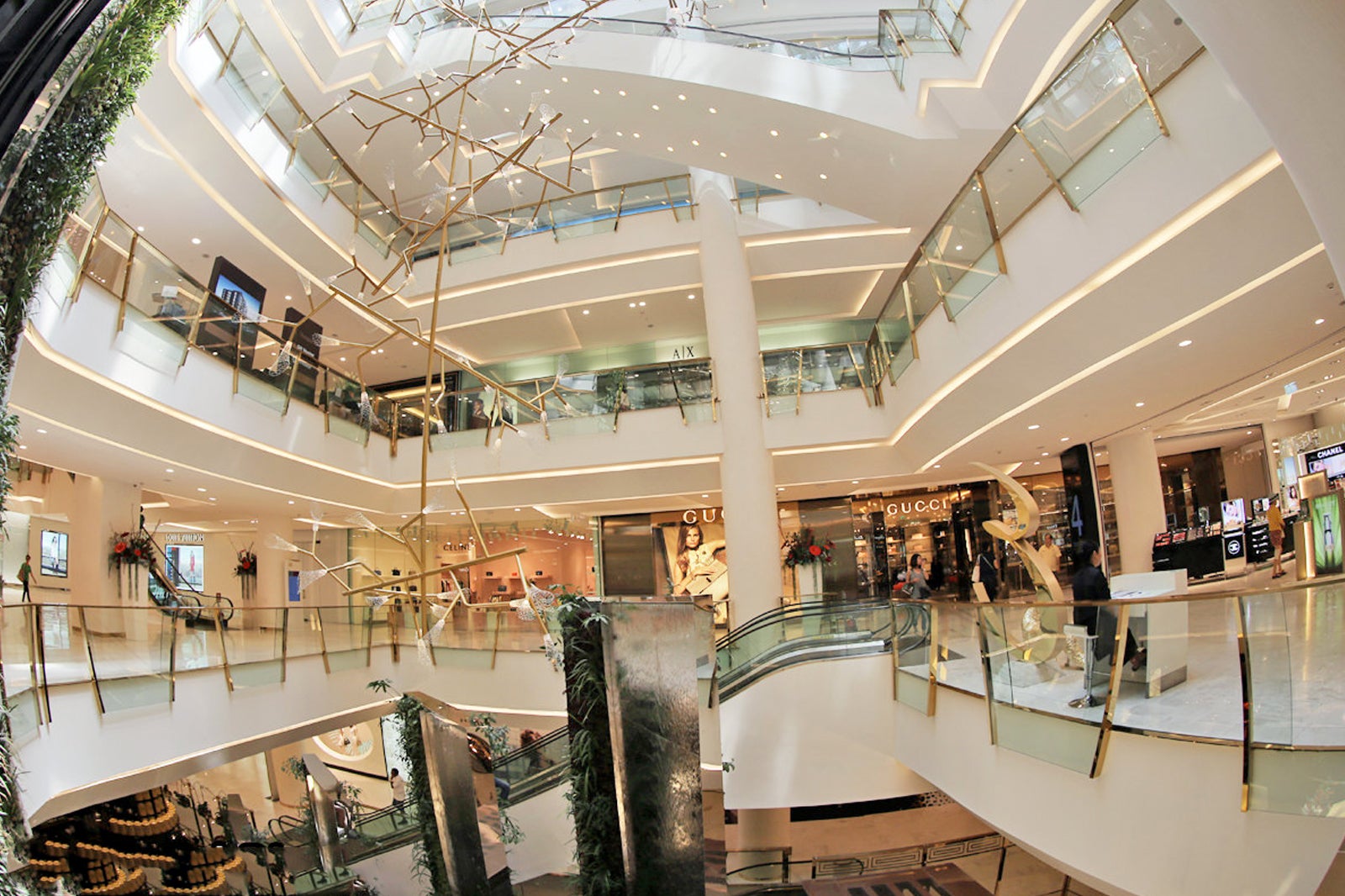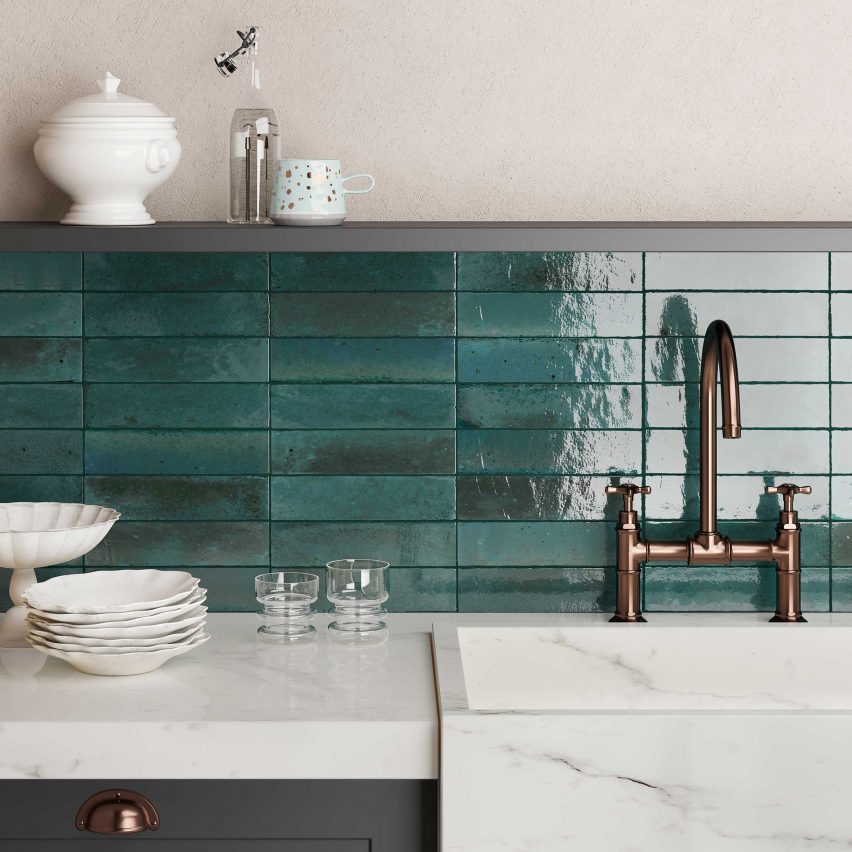I had a busy weekend; decided to go see a couple of things in the shopping malls and then had a meal at a downtown hotel. Sounds like pretty normal activities, but it wasn’t what I was doing that’s the point, rather what I was seeing “Sooooo many reflective surfaces!”

It’s rampant…everywhere I look I see myself looking back at me. It’s not funny, there is such an increase in the use of shiny hard surfaces for wall and floor coverings everywhere around the city, why?
Well let’s begin with the floor. The norm now is to use tiles for flooring for heavy traffic public areas such as in shopping malls. The technology for tiles have now advanced very far to compete with natural stone textures, with the added benefits of easy installation and not to mention no water proofing required as would be the case with natural stones. This being said, we’re talking about reflective surfaces. Why do lights reflect on these surfaces?
“Light waves travel in straight lines and are thus called rays of light. Rays of light continue in a straight line until they encounter an object. When the light hits an object the light is either absorbed or bounces off of the object. This bouncing light is called a reflection.”
So what absorbs light and what reflects it? Well when light hits an object, it;
1. Keeps going through (gets transmitted) as in glass.
2. Turns around (gets reflected) as in shiny surface.
3. Goes away (gets absorbed) as in wood surface.

Matte and gloss are textures and do not have anything to do with the amount of light reflected or absorbed. But matte surfaces produce diffuse reflections while glossy surfaces produce specular ones.
Ok, now going back to my original point, I find these places with highly reflective materials confusing, unsettling and I am unable to relax.
I believe these materials are adequate for hospitals and heavy duty areas such as a grocery store. Rather, in a hotel lobby, restaurants, and bar, they could be overused and give the feel and ambiance of a cheesy night club.